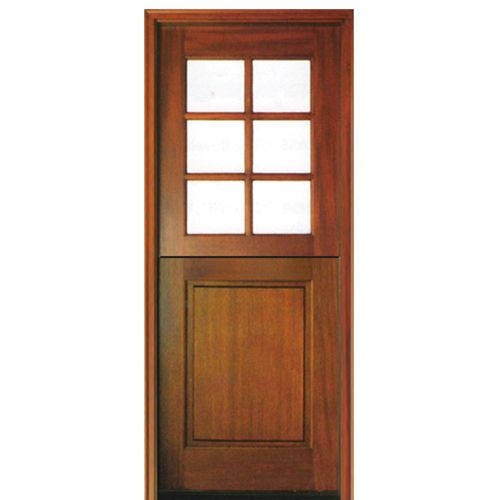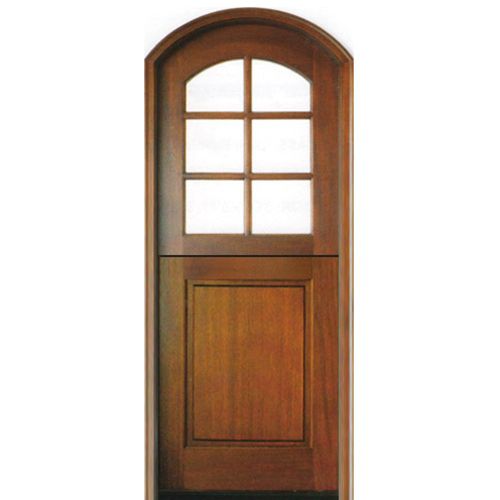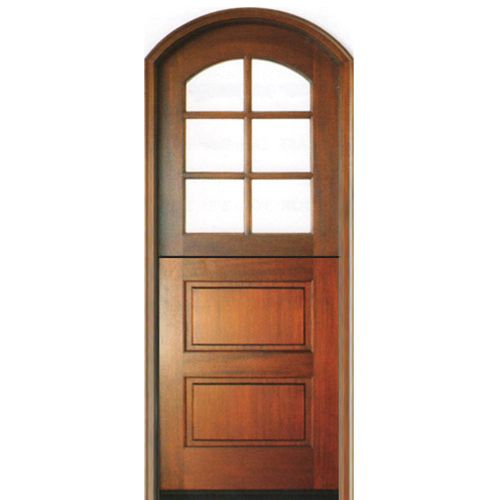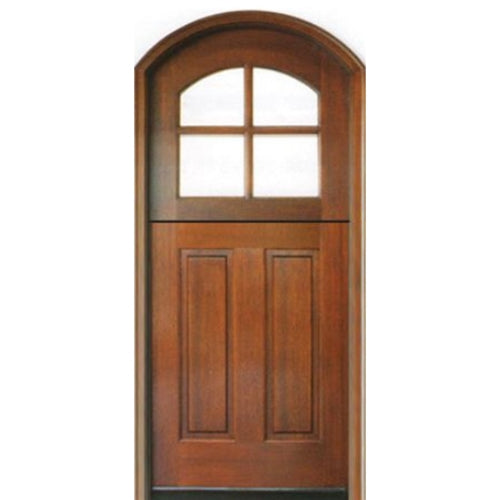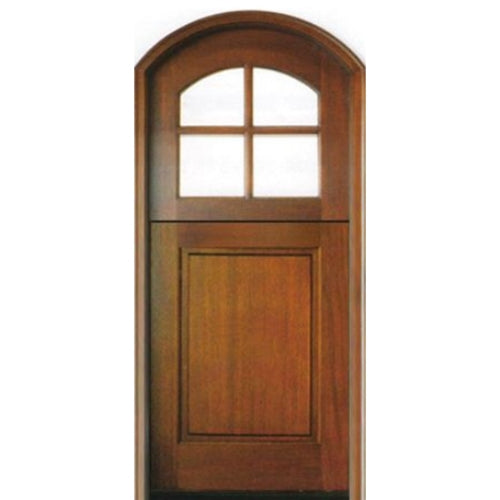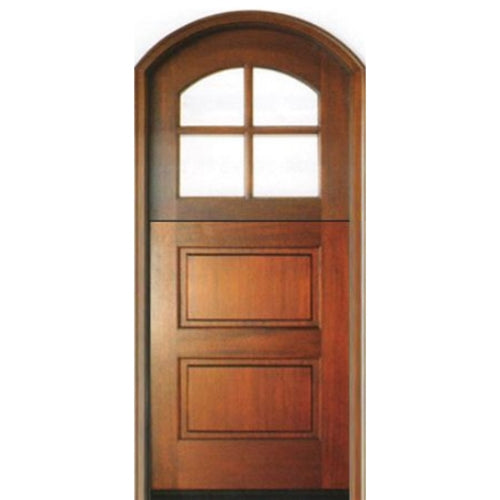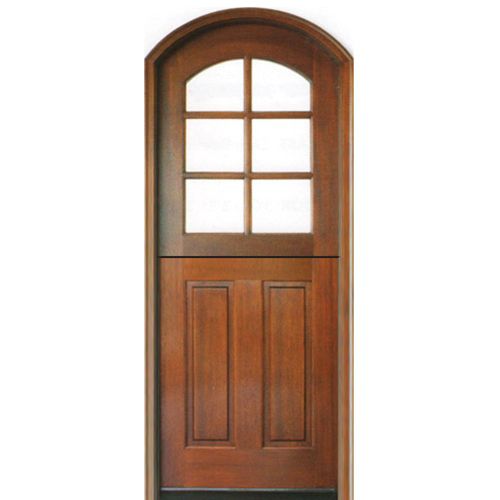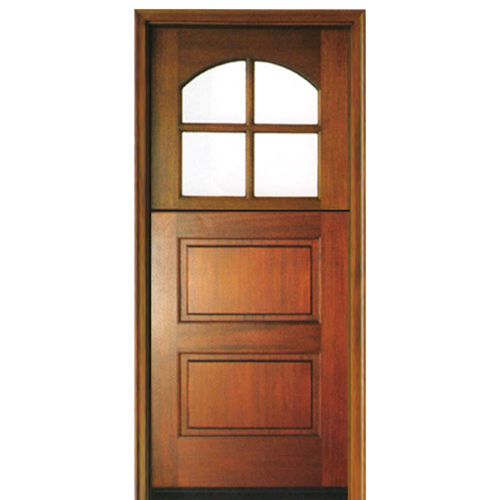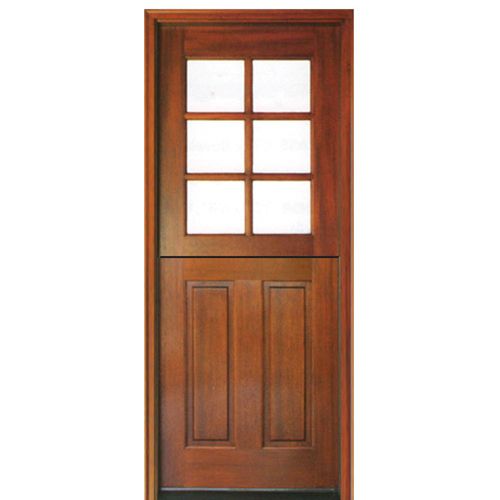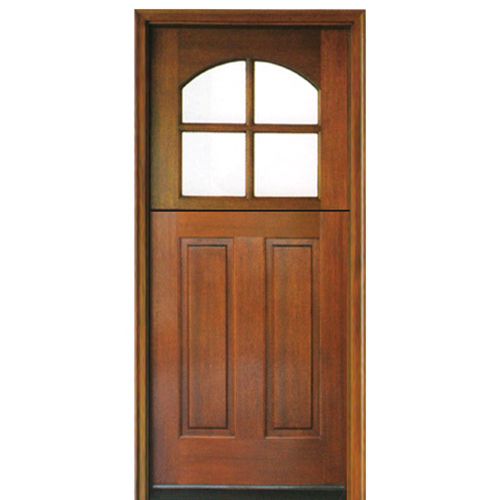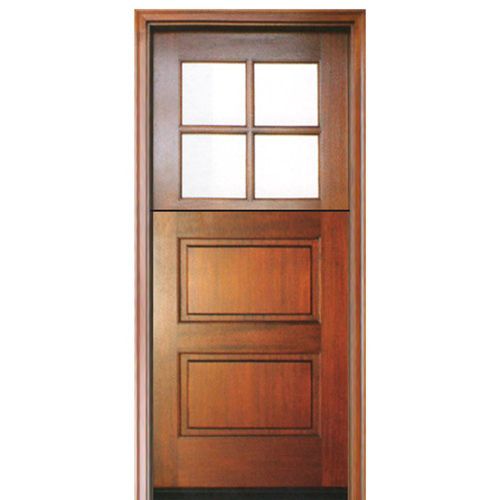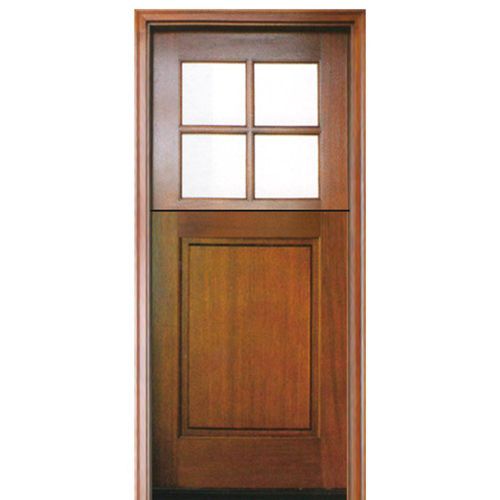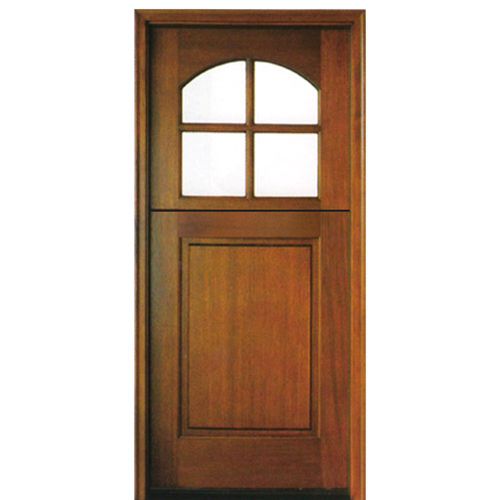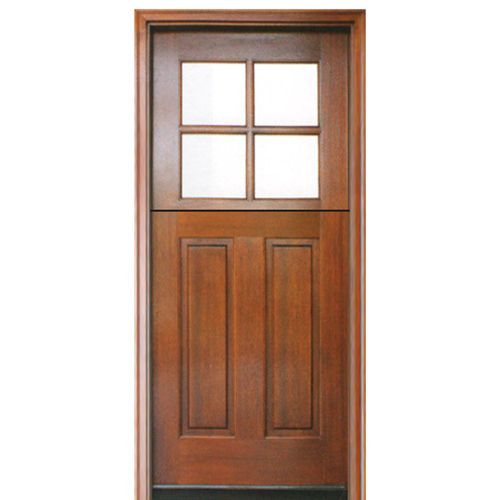Exterior Dutch doors are a classic choice that adds functionality and charm to a home. These doors are divided horizontally, allowing the top part to open independently from the bottom.
This design is not only practical but also enhances curb appeal.
They let in fresh air and sunlight while safely keeping pets and young children indoors.
Design and History
Originating in the Netherlands during the 17th century, these doors were initially used to keep farm animals out while letting light and air in.
In modern times, they bring a rustic touch to homes. Many people love the vintage feel they create, often making them a centerpiece of exterior design.
Practical Benefits
An exterior Dutch door is a versatile solution for many homeowners.
It can act as a regular door by closing both halves or providing ventilation by opening only the top half.
This makes Dutch doors ideal for kitchens, back doors, and even front doors, where airflow is wanted, but security or pet control is necessary.
Installation Considerations
Installing a Dutch door requires careful measurement and preparation.
It’s important to make sure that the door frame is sturdy and that each half of the door aligns perfectly.
Proper installation ensures that the door functions smoothly and remains weather-tight.
Maintenance and Care
Regular upkeep is important to keep Dutch doors looking great and working well.
Wood doors should be treated regularly to prevent damage from weather.
To ensure long-lasting functionality, all moving parts, such as hinges and locks, should be checked and lubricated as needed.
Styles and Customization
Dutch doors come in various styles and finishes, allowing for personalization to fit any home decor.
Many options are available from classic wood finishes to more contemporary designs with glass paneling.
Adding features like decorative knobs or custom paint can further enhance their unique appeal.
